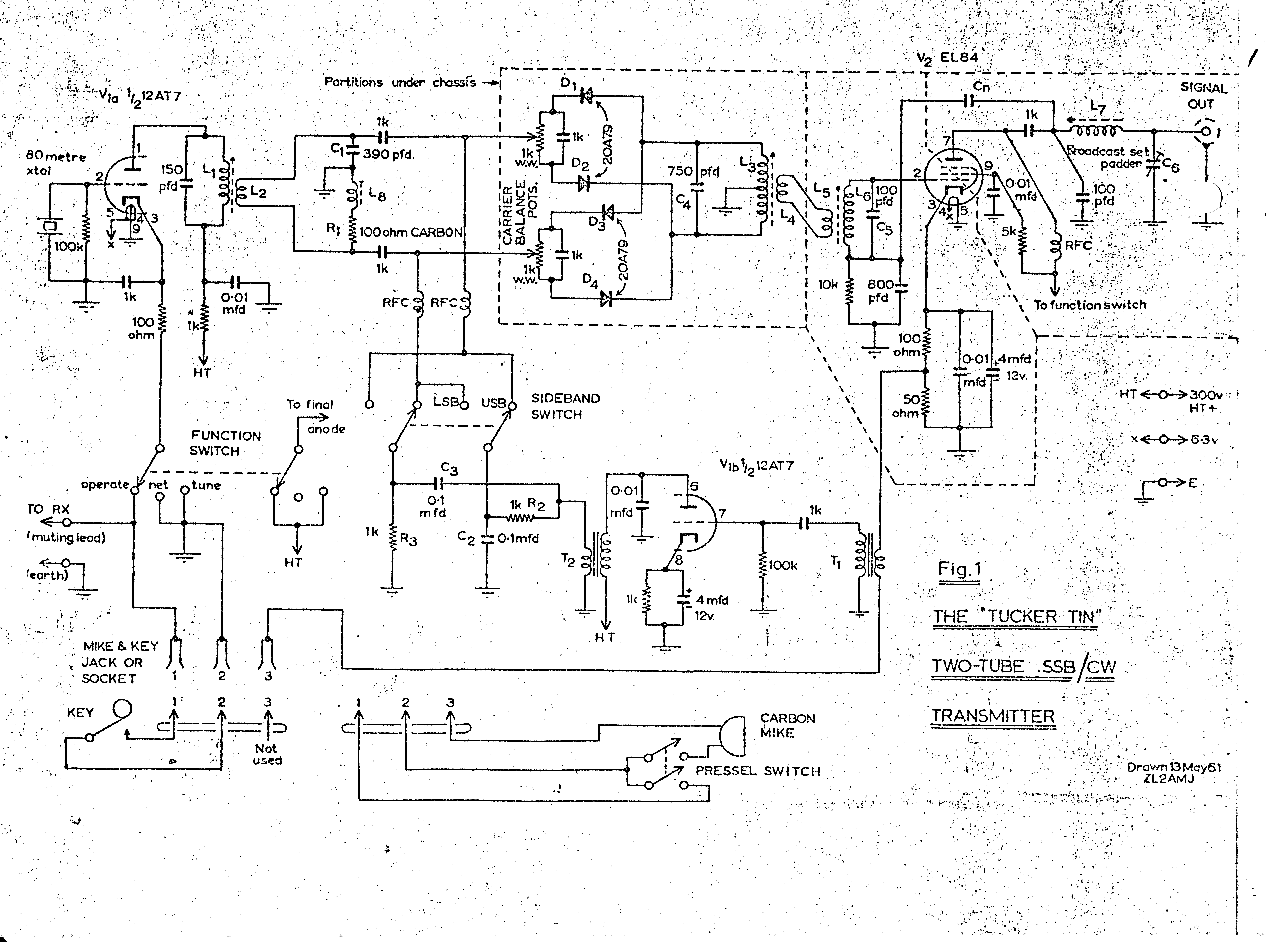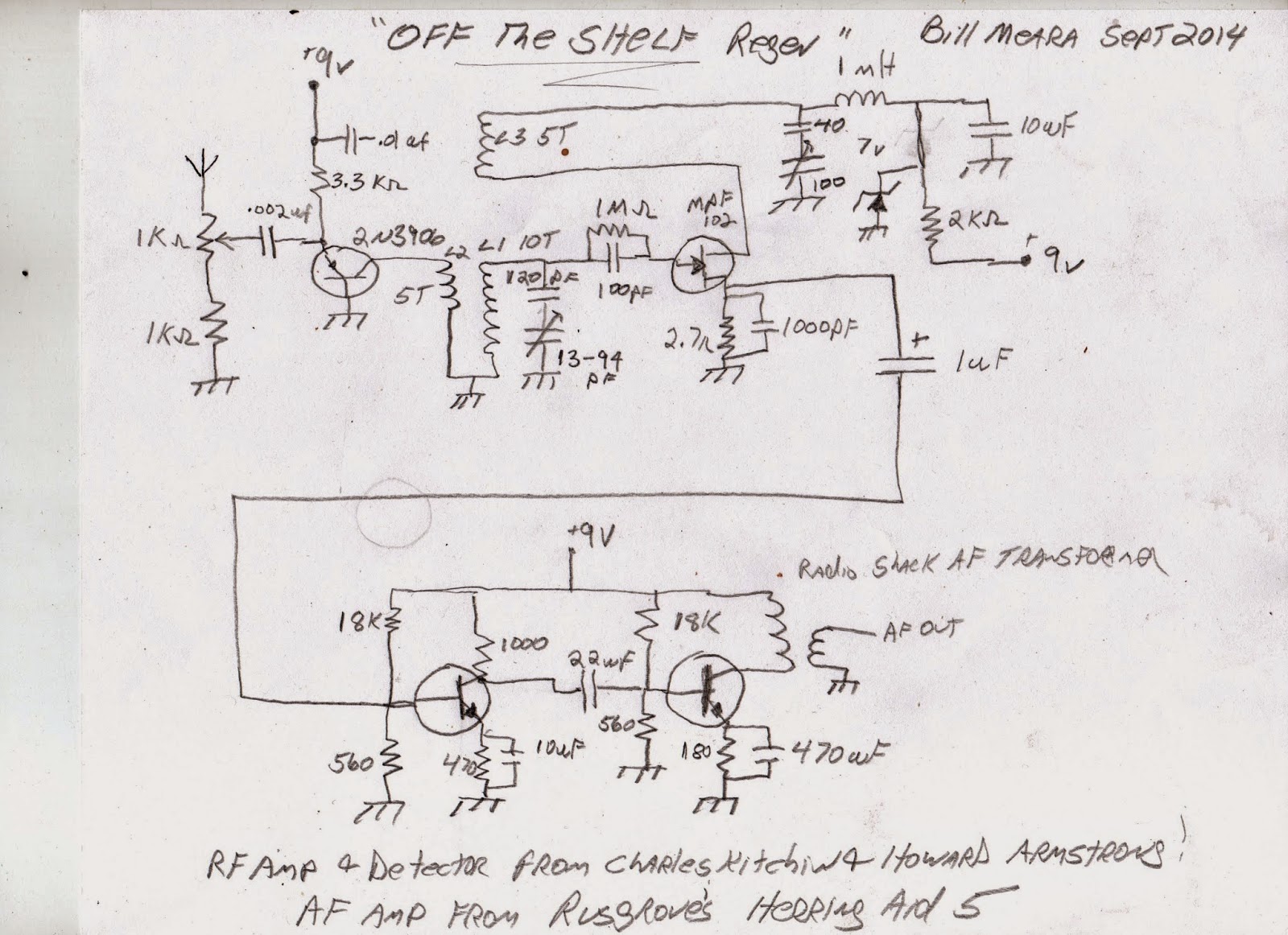Here in Northern Virginia, it is not all that unusual to run into friends and have them say things like, "We're moving to Antananarivo." Here is a report from Jack, AI4SV on his new location. That garage seems to have real potential as a workshop Jack.
Greetings from Antananarivo, Madagascar!
I thought I'd turn the tables and give you a bit of travelogue and radio news.
The only radio-related item in our air freight was my toolbox, which I thought was justified. I lugged along the rest of the station in my carry on, an FT817 (with post-market Collins mechanical filter), magnetic palm paddles, a winkeyer, and the 40/20/10 end-fed LNR halfwave dipole, plus some mason line. I also brought a very compact 240V recharger that I had picked up in Sweden.
The day after I got here, the dipole was hung using the time respected coke bottle on a string method, which greatly entertained the guard assigned to the house. A couple days later, I clambered up on the roof to raise the feed end another ten feet. Since then, I've worked about 240 stations with my QRP rig (all but three CW). I don't have any way to upload to LOTW right now, but my rough estimate is that I have worked something like 45 DXCC entities.
The location is probably not as ideal as Azores in terms of having a nearby salt water ground plane, as we're 100 miles to either east or west coast, and the local noise here can be very high in our tightly packed appliance-heavy diplomatic neighborhood. On the other hand, we're on the central highlands, almost a mile up and Madagascar is a very desirable DX location. When propagation smiles on me, I can work runs of 30+ stations before I disappear again into the ionospheric mist.
Before I got here, I talked with a bunch of US, UK, and German hams who had held 5R callsigns, and they gave me the lay of the land. Phil, G3SWH became my QSL manager and put me in touch with Albert, 5R8GZ, who has been a huge help. Prior to arrival, Albert was able to put through my paperwork with OMERT, the local equivalent of the FCC, so I could get on the air as soon as I arrived. He has similarly assisted quite a number of visiting hams and dxpeditions and is a big proponent of ham radio in scouting here.
There's no ham club here, but there are so few active hams that in my three weeks here, I've either met or been introduced by email to about half of them.
It will be another month before our main shipment hits the docks here, and meanwhile management has given me the thumbs up to install a tower in the backyard to support a hexbeam. Between the K3 and the hexbeam, I think I'll be in good shape to do some serious operating, although I think that a couple months of operating QRP has been not only a character-building experience, but has given me a much better understanding of propagation patterns.
We have a large, empty garage and I think it's destined to become the workshop. I am curious about how dry it will stay in the rainy season and how many mosquitos will visit me there, but it has electrical power and plenty of wall space for shelving. Packing out my workshop took me about as much time as the rest of the house combined. So many little parts...
My toolbox arrived last week and the soldering iron was put to immediate use to build a dipole for six and then 15 meters. I've captured the moment of "first smoke" in the new location for your viewing pleasure.
So, please look for me on the air in future months and point your moxon over here when you can. I'm putting updates about the station's status on its qrz page.
Keep up the podcasts! I've enjoyed the series with Pete Juliano - kind of a return to the original format. Also, I've listened to the icq podcast for years, so it was great to hear the "very special crossover episode" with you and Martin.
73,
Jack
5R8SV / AI4SV
Our book: "SolderSmoke -- Global Adventures in Wireless Electronics"
http://soldersmoke.com/book.htm
Our coffee mugs, T-Shirts, bumper stickers:
http://www.cafepress.com/SolderSmoke
Our Book Store:
http://astore.amazon.com/contracross-20





.jpg)

































